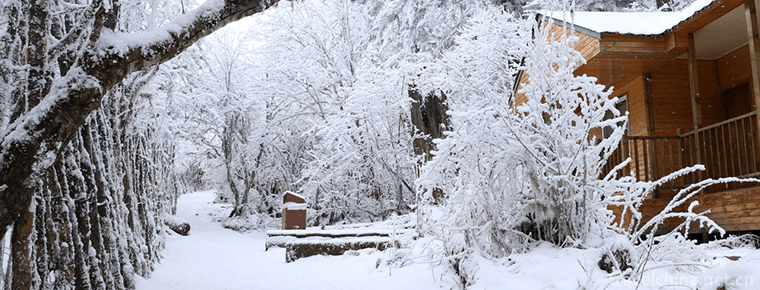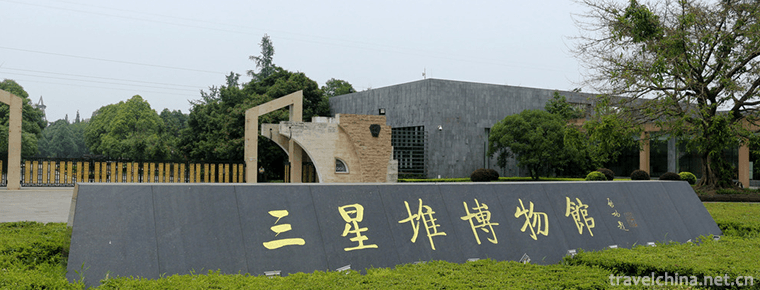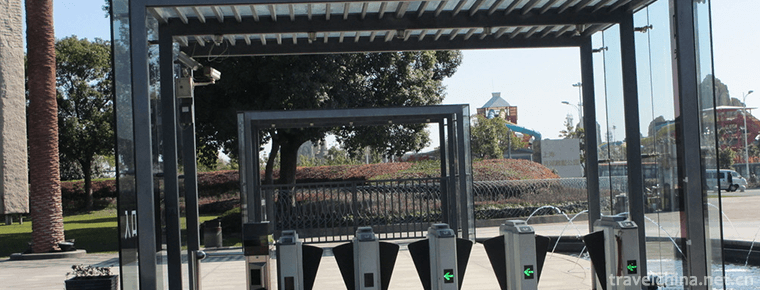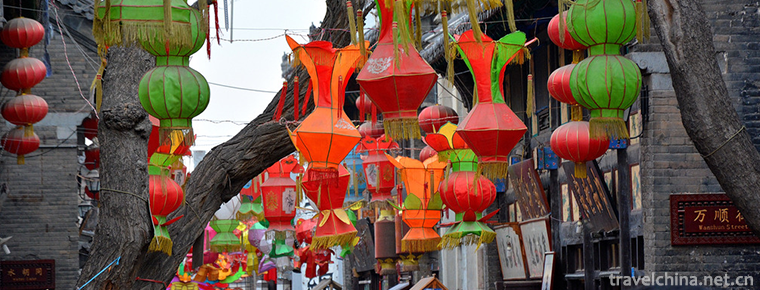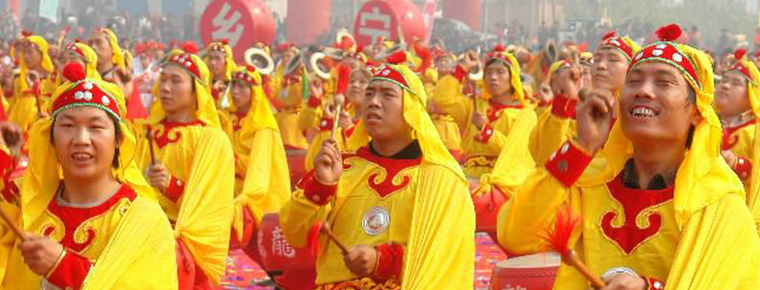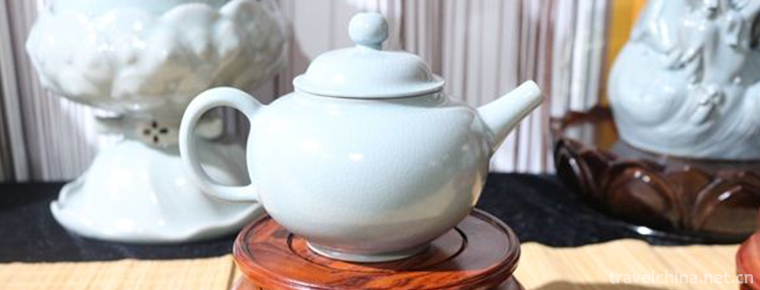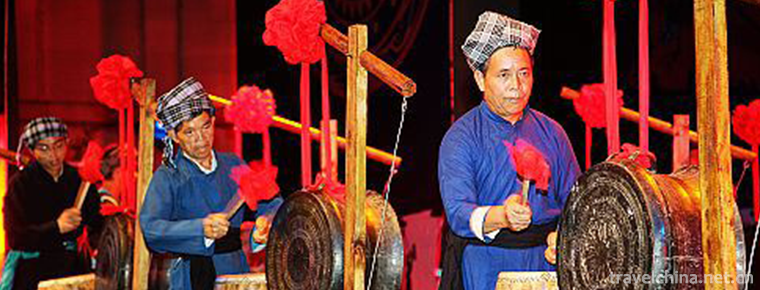Womens clothing in Yongzhishui Townshi Suzhou
Womens clothing in Yongzhishui Townshi Suzhou
The women's clothing in Yongzhishui Township, Suzhou, is an outstanding representative of the Han nationality's clothing. It is a typical and representative clothing of the working people in Wu area. It has a history of several thousand years and its cultural connotation is extremely rich. The costume is mainly distributed in the 360 square kilometers of water-town area centered on Yongzhi, among which the water-town women's costume in Yongzhi town is the most beautiful and representative.
Overview of Clothing
Women's clothing in Yongzhishui Township of Suzhou is also known as "green lotus shirt lotus clothing". It is the traditional folk dress that the rural women in the areas of Yongzhi, Shengpu, Weiting and Lu Tombs in Dongwu County have always retained in Suzhou. They are characterized by combing their wishes, photographing their heads, wrapping their headscarves (commonly known as wrapping their heads, the application for intangible cultural heritage is reported as wrapping their heads), wearing spliced shirts, paired trousers, Cambodian stubborn skirts, wrapping their shoulders and embroidered shoes. The traditional costumes of the Zheng Dynasty have the characteristics of Jiangnan Watery Township, and have been called "minority nationalities" in Suzhou.
Historical Origin
The research shows that this kind of dress can be traced back to the early stage of rice farming economy in 5000 or 6000 years ago. When women work in the fields, they are often attacked by aquatic animals and plants, so they make the cuffs of their clothes and trousers so small that they can barely wear them in. When transplanting, cultivating rice and harvesting, women are often exposed to the wind and sunshine, mud on their hands and feet, shoulders, elbows and cuffs are most vulnerable to damage, so they wrap their heads, skirts and bundles. Waist, stitching shirt and so on arise at the historic moment. For thousands of years, generation after generation of rural women have created and developed unique women's clothing in Yongzhishishui Township, such as Baotou, big-breasted stitching shirts, skirts, waists, belly pockets, crotch pants, rolls, embroidered shoes and so on, in the process of rice farming.
Costume characteristics
The main characteristics of women's clothing in Yongzhi Shuixiang are obvious, beautiful and skillful. They are very particular about materials, cutting, sewing and decoration. The ingenious application of stitching, rolling, tie, ribbon and embroidery is unique, and the combination of colors is not rigid.
Shuixiang women attach great importance to the combing and decoration of willing photographs. They show their ingenuity and elegance in mind, besides dark hair, huge hair retention and numerous ornaments, supplemented by exquisite headscarves and costumes.
The local characteristics of its clothing are very strong and its inheritance is quite stable, but with the change of season, age and etiquette needs, its clothing will also have obvious differences. Generally speaking, the characteristics of clothing in spring and autumn are particularly prominent.
Spring and autumn clothing tops are mostly spliced shirts. Fabrics are mostly floral cloth, earthen cloth, deep and shallow scholarly cloth as the main tone. The color contrast is bright but not bright, bright and not vulgar. Several kinds of color fabrics are often spliced together. They are well tailored, fine sewing and decorative. Their characteristics are also reflected by the decorative techniques of clothing in Song Dynasty: splicing, edge rolling, knot climbing, ribbon decoration and embroidery. Flowers, etc. The trousers are mostly made of blue and white printing cloth or white and blue printing cloth, and the trousers are stitched with blue or black Schilling cloth. These costumes were initially spliced due to the limitation of distribution and material saving. When splicing, they developed from splicing for actual needs to splicing for subjective consciousness. They all emphasized the formal beauty of neatness, balance and symmetry. The embroidered dress at the waist is also very distinctive. It is knee-length and has a large hem. The design is very practical and convenient for farming and daily life. Skirt shelf is very thin, shelf and skirt band have different craft decorations, skirt outside a small waist. A large pocket is sewn on the waist, around the waist and embroidered with various patterns. It is an important ornament in clothing. The belt around the waist and embroidered with various patterns are important decorations.
Women's clothing in water towns has different requirements with age. Young girls like red towel bald heads, showing dark and shiny braids, wearing small flower-capped jackets, flower-lined hems, small Pipa buckles, a Shilin blue pleated apron at the waist, waist pockets embroidered with various patterns, blue ribbon head decorated with red and green tassels, under the skirt a Tibetan blue trousers, foot embroidered hem round cloth shoes. Older women usually wear dark clothes. The hair is covered with a black net towel, and the cloth skirt is mostly black. It requires stretching and spacious, giving people the beauty of simplicity and solemnity. Middle-aged women's clothes are more elegant, plain bald towels, hair buns tied with colored ropes, hair buns vertically inserted with silver lotus, silver hairpins.
The most peculiar is the shoes of the women in the water village, which are similar to boats in shape, regardless of left or right. Upper two pieces of composite, upper embroidery mainly, bright color, a variety of patterns, known as boat-shaped embroidered shoes. The boat shoes are very elaborate and solid, and they are the traditional gift shoes of women in the water village.
Inheritance value
Women's clothing in Shuixiang has a long history, which is passed down from generation to generation, and has strong inheritance. It is suitable for the needs of women in water towns to engage in productive labor and has high practical value. This kind of dress also reflects the traditional aesthetic concept of Shuixiang area.
For water townspeople, the unique clothing comes from life: the production and living custom clothing formed according to local conditions, with strong Jiangnan water townships characteristics, is a clever combination of practicality and artistry, with two-color triangular Baotou, unique and chic large-skinned climbing pants, elegant and free embroidered skirt, colorful girdles, colorful Baina embroidered shoes, ancient times. Simple chest pocket, simple and practical roll is its typical feature, which is very suitable for the needs of rural women's farming work. There are stitching, edge rolling, new climbing, ribbon decoration, embroidery and other manual processing techniques. Its raw materials, color matching, selection of processing techniques, unique patterns and production techniques, and the custom of wearing and using are extremely rare in Han costumes. This kind of dress also reflects the traditional aesthetic concept of Shuixiang area. Up to now, Yunzhi and other areas still retain the traditional characteristics of women's folk clothing in Jiangnan Waterfront. However, due to changes in lifestyle and production conditions, fewer people wear such clothes, and only women in their fifties and sixties wear such clothes. The women's clothing in Yongzhishui Township, Suzhou, reflects the inheritance and accumulation of traditional clothing culture in the past dynasties in Wudi, Jiangnan Province, and shows the local folk culture style. It reveals that the production and development of clothing is based on practical needs, and completely surpasses practical needs, reflects the development level of material production in human society, and realizes the harmonious development of aesthetic value and aesthetic interest. Exhibition.
In 2005, women's clothing in Yongzhishui Township was appraised by the expert consultation and evaluation committee and made public to the society, which was approved by the people of Suzhou. On June 13, the Suzhou Municipal People's Government issued document No. 70 of the Sufu , officially announcing the women's clothing in Yongzhishui Township as the first batch of representative works of intangible cultural heritage in Suzhou, which was included in the list of protection. In July 2000, women's clothing in Yongzhishui Township participated in the first China Kunming National Clothing Expo and won the Best Design Award, Best Performance Award, Excellent Exhibits Award and Excellent Organizational Award.

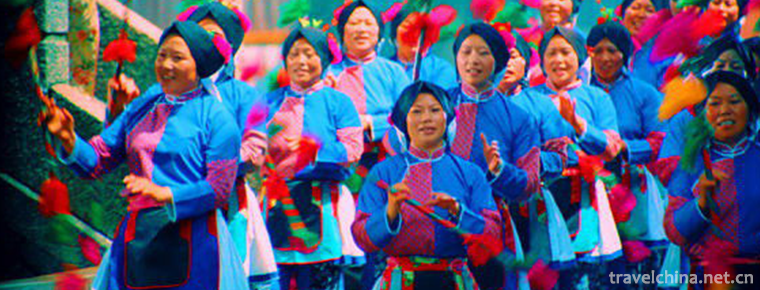
-
About Us
If you are interested in Chinese culture, Beautiful Scenery and Delicious Food, Welcome to China..
Views: 360 Time 2018-09-28 -
Conch Valley Scenic Area
Hailuogou is located in Moxi Town, Luding County, Sichuan Province, on the eastern slope of Gongga Mountain. It is a very high mountain area on the eastern edge of the Qinghai-Tibet Plateau.
Views: 183 Time 2018-12-12 -
Sanxingdui Museum
The Sanxingdui Museum was founded in August 1992 and opened in October 1997. It is located in the northeast corner of Sanxingdui Site, a national key cultural relic protection unit. .
Views: 423 Time 2018-12-18 -
Shanghai Yuehu Sculpture Park
Yuehu Sculpture Park is located in Sheshan National Tourism Resort, Songjiang District, Shanghai. It is built around the lake. It is a sculpture art park which combines natural scenery with modern lan.
Views: 100 Time 2019-03-09 -
Zhoucun Ancient Mall
Zhoucun Ancient Mall, also known as Street, is located in Zhoucun District, Zibo City, Shandong Province. The main road of Shandong Province, Jiqing Expressway.
Views: 114 Time 2019-03-20 -
Auspicious gongs and drums in southern Shanxi
Weifeng gongs and drums in southern Shanxi are folk traditional percussion music which was born and popular in Linfen area of Shanxi Province. The first batch of them were selected into.
Views: 132 Time 2019-05-07 -
Firing Techniques of Ru Porcelain
On May 23, 2011, the firing technique of Ru Porcelain was approved by the State Council of the People's Republic of China and listed in the third batch of national intangible cultural heritage, the he.
Views: 91 Time 2019-06-11 -
Twelve tunes of bronze drum
The Buyi bronze drum is one of the ancient percussion instruments of the Buyi nationality, which belongs to the precious national cultural heritage. It is made of bronze, often mixed with Suona, drums.
Views: 110 Time 2019-06-21 -
Red Army ferry scenic spot in Cangxi County
Cangxi Red Army ferry is located in Cangxi County, Sichuan Province. There is an ancient ferry by the Jialing River in Tashan Bay 3 km southeast of Cangxi city. Close to the mountain and by the water, the terrain is very dangerous, the rocks are steep, and the trees are green. Jialing River from north to south, beautiful scenery..
Views: 306 Time 2020-11-08 -
Notes on Tourism in Ganzi Prefecture
1. Ganzi Prefecture is characterized by Tibetan culture, snow mountain and grassland scenery, with high average sea level. Most people will have altitude reaction when they go to Ganzi Prefecture. To prevent and deal with altitude reaction, please refer to the precautions for altitude reaction..
Views: 74 Time 2020-12-06 -
Deyang post and Telecommunications
By the end of 2018, the total telecom business of Deyang City has reached 12.95 billion yuan, with 701000 fixed telephone users and 3.998 million mobile phone users. The total length of optical cable at the end of the year is 138000 skin kilometers..
Views: 309 Time 2020-12-14 -
Neijiang cultural undertakings
By the end of 2019, there are 121 performing arts venues in Neijiang City, including 6 cultural venues. There are 5 museums, 5 cultural relics protection and management institutions, 7 national key cultural relics protection units, 42 provincial cultural relics.
Views: 281 Time 2020-12-16

